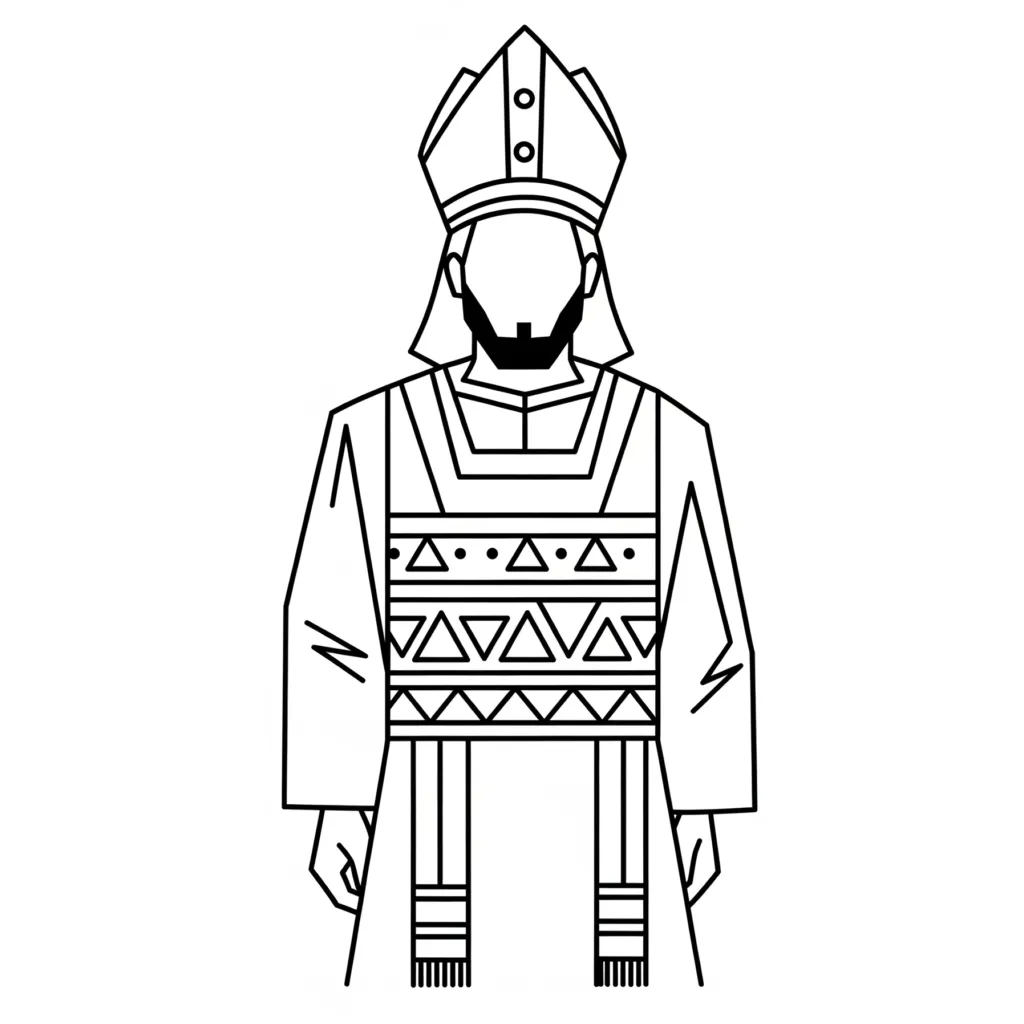
"And the Spirit of God was hovering over the face of the waters."— Genesis 1:2
"And all were baptized into Moses in the cloud and in the sea." — 1 Corinthians 10:2
In Neville Goddard’s interpretation of the Bible, every character personifies a psychological state or faculty within you — not a literal person in history. Moses and Aaron are personified aspects of consciousness, working together to lift awareness and bring all faculties of mind into harmony, enabling your assumptions to be held and manifested in reality.
Moses: Lifted Awareness of I AM
Moses’ name, meaning “drawn from the water,” symbolises the inner faculty that raises latent potential into conscious awareness. By this stage, the mind has matured through prior faculties—faith (Abraham), imagination (Joseph), persistence (Jacob), and praise (Judah). Moses represents the integration of these faculties into the recognition of I AM, initiating the assumptions that will shape your experience.
Paul and the Book of Acts reinforce Moses’ symbolic role. Throughout Acts, Moses is repeatedly referenced, particularly in Stephen’s speech (Acts 7), emphasising the enduring principle he represents: the inner recognition of I AM applied in consciousness. Acts 7:22 notes that
Moses “was educated in all the wisdom of the Egyptians and was powerful in speech and action.”
This highlights the mind’s capacity for knowing and speaking truth, a faculty fully present in Moses.
Aaron: The External Priestly Expression
Aaron, associated with “light” or “exalted,” embodies the faculty that expresses and enacts Moses’ lifted awareness outwardly. He brings the many inner voices — the Elohim — into harmony, allowing the inner recognition of I AM to be communicated, demonstrated, and applied.
Exodus 4:15–16 shows Moses initially hesitant to speak, with God instructing him: “You shall speak to him and put words in his mouth.” Psychologically, this illustrates that even the inner awareness of I AM must be transmitted through the appropriate external faculty. Moses knows and can “speak,” but Aaron, the priestly expression, channels and stabilises that awareness outwardly so it can be properly received and enacted.
As Acts 15:21 notes,
‘For from ancient generations Moses has had in every city those who proclaim him, for he is read every Sabbath in the synagogues.’ — Acts 15:21
Psychologically, this shows that the awareness Moses embodies — the recognition of I AM — is continually preserved and communicated across all faculties of consciousness, sustained by the external priestly faculty and the aligned Elohim.”. The Sabbath refers to the initial seven days of creation when God rested in the I AM.
Aaron’s priesthood also reflects cleaving (Genesis 2:24): leaving old assumptions behind and joining all parts of consciousness to the lifted awareness of Moses. The later distribution of Levites throughout Israel symbolises the spread of aligned faculties, sustaining conscious application across all areas of mind.
When Moses Puts Words in Aaron’s Mouth
Aaron embodies the faculty that dwells in and conveys the assumed state, allowing the inner recognition of I AM to manifest in the world.
The Role of Elohim: The Many Inner Voices
The Hebrew word Elohim, meaning “the judges” or “rulers,” represents the collection of inner faculties, judgments, and assumptions. Moses lifts consciousness into recognition of the creative principle, and Aaron brings all voices into coherent alignment, enabling the mind to act as one unified creative source.
Aaron’s Sacred Garments: The Attitudes You Wear
Aaron’s priestly garments (Exodus 28) symbolise the feeling, conviction, and mental attitude required to dwell in the assumed state. They represent how consciousness wears the feeling of fulfillment, allowing inner assumption to be expressed outwardly through thought, speech, and action.
The Golden Calf: Turning Away from Alignment
When Aaron yields to the people’s request to build the golden calf (Exodus 32), it symbolises diverting attention from the inner assumed state to external appearances and doubt. Even faculties that integrate consciousness must remain centred in feeling, otherwise manifestation falters.
Aaron’s Budding Rod: Evidence of Dwelling in the Assumed State
Aaron’s rod that budded (Numbers 17) demonstrates the natural manifestation that follows faithful dwelling in the assumed state. Just as a rod that appears dead brings forth buds, the inner conviction of a fully embodied assumption produces evidence in the world.
Moses and Aaron as One Creative Process
Moses lifts consciousness into the recognition of I AM, and Aaron brings all faculties into harmony so the assumed state can be fully felt and embodied. Their priesthood embodies cleaving—leaving old assumptions behind and joining all parts of mind to the central awareness.
Paul’s letters and Acts reinforce this psychological framework: the shift from law to spirit mirrors the movement from external ritual (Moses as lawgiver) to inner conviction and dwelling in the assumed state (Aaron as priest). Moses’ hesitancy to speak through Aaron shows the necessity of harmonious expression, not inferiority: inner awareness must align with the external faculty for manifestation to occur. Together, Moses and Aaron illustrate the Law of Assumption in practice: consciousness must not only assume the feeling of the wish fulfilled, but also dwell in it and embody it through all faculties, allowing the unseen to manifest in form.
